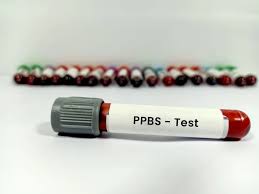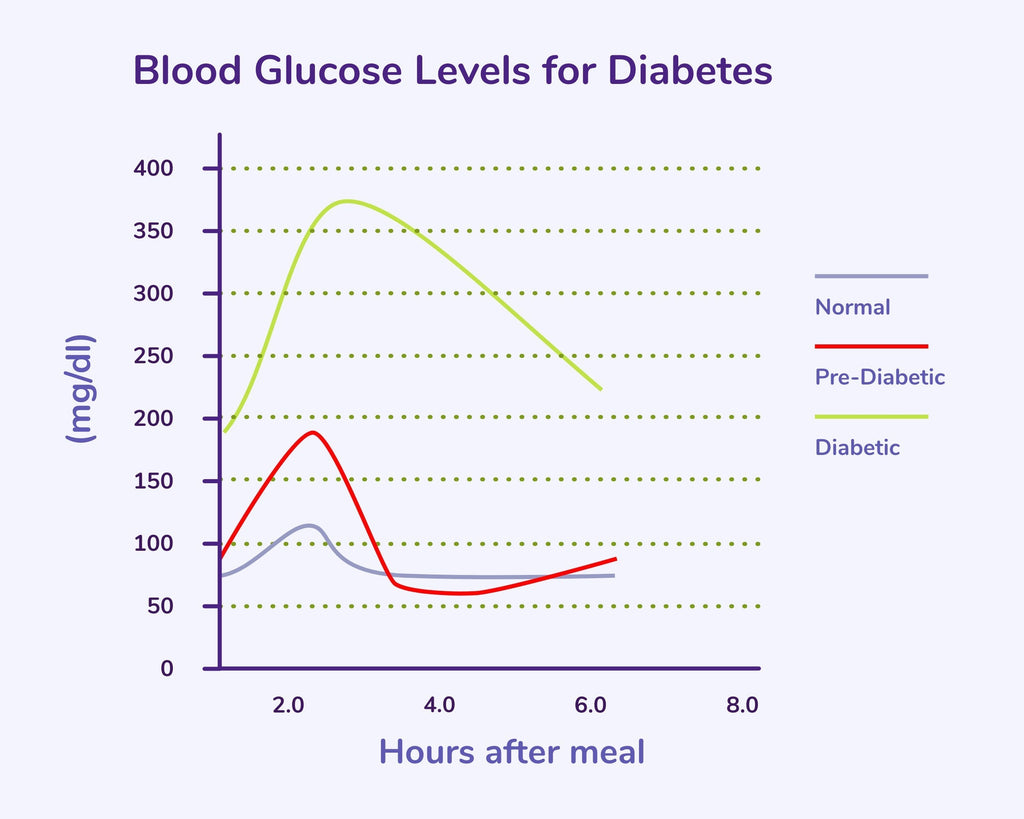
ECG vs. Echocardiogram: What’s the Difference?
Cardiac diagnosis is basic in the identification; prevention, and management of cardiovascular disease (CVD) that remains the leading cause of mortality in the world. Because of the complexity of the heart and its operations, early detection of such problems is crucial in preventing them from developing into a life-threatening form.
This is where more detailed diagnostic equipment like the electrocardiogram (ECG) and the echocardiogram prove useful. Such tests help doctors observe the heart performance, identify complications, and suggest personalized therapy depending on the patient’s condition.

The World Health Organization estimates that cardiovascular diseases are responsible for about 17.9 million fatalities. The majority of these deaths occur through heart attacks and strokes that are the result of undiagnosed or poorly managed cardiac issues.
This is why annual cardiac examinations and other diagnostic procedures, including ECG and echo, should be performed not only for patients with risk factors for cardiovascular diseases like hypertension, diabetes, or a family history of heart disease but also for any asymptomatic patients who can have latent heart disease.
An ECG (electrocardiogram) is an external process in which the electrical signals of the heart are measured in a short span, normally just several seconds. The test offers details on the heart's rhythm and rate and any abnormality in the organ's electrical activity. It is especially helpful in establishing the diagnosis of arrhythmias, ischemia, and any other issues with the heart's electrical conduction system.
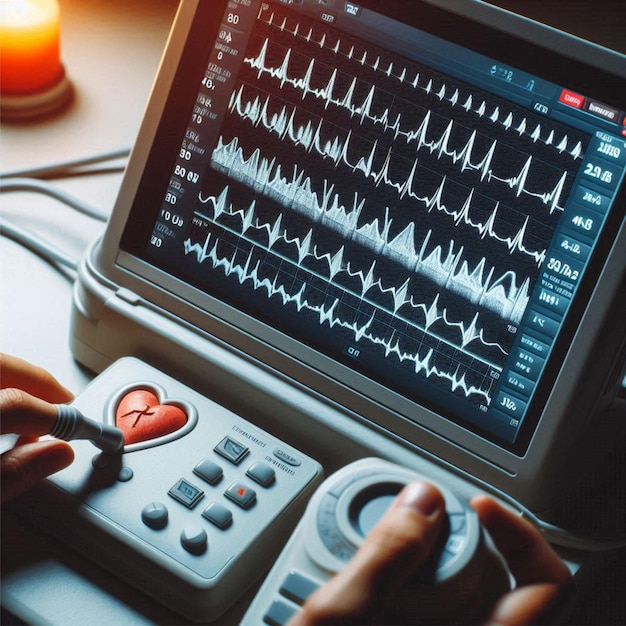
On the other hand, an echocardiogram, often called “echo,” is a test that employs sound waves in the formation of real-time images of the heart. This particular imaging test helps give an idea of the size and location of the heart’s chambers and valves, as well as how blood circulates through the chambers. It is particularly useful in identifying structural disorders like valve disorders, congestive heart failure, and congenital diseases and assessing general heart function.
In this detailed article, we look into two diagnostic tests, starting with an overview of their methods, then their applications, pros, cons, and the contexts within which they are most relevant, and so on. The focus is to provide the readers with the idea about when each test is employed, what the tests can reveal, and what the patients should expect during the tests.
Understanding ECG (Electrocardiogram)
Definition and Purpose
An ECG is an effective instrument that helps to capture the electrical signals of the heart during a short period. This test operates through the identification of the electrical impulses that cause each heartbeat.
These signals move through the tissues of the heart and can be recorded from the exterior layer of the skin with the aid of electrodes. The data that is produced is essential for determining the rate and rhythm of the heart and may suggest the existence of arrhythmias, conduction blocks, or past myocardial infarctions (heart attacks).

The primary function of an ECG is to provide a snapshot of the heart's electrical activity at a specific moment, helping physicians identify abnormalities such as:
- Arrhythmias: Arrhythmias of various types, such as atrial fibrillation, ventricular tachycardia, etc.
- Ischemia: Decreased blood supply to the heart muscle as a preliminary stage of myocardial infarction.
- Electrolyte Imbalances: Conditions like low potassium (hypokalaemia) or high potassium levels (hyperkalemia) that might have a profound impact on heart activity.
- Myocardial Infarction: Reduction in the blood supply to the heart wall due to a previous aerial occlusion or thrombosis.
- Pericarditis: Swelling and irritation of the pouch that surrounds the heart.
An ECG can be performed in emergency cases, such as when the patient is suspected of heart attack and in every patient having risk factors for cardiovascular diseases, even if he is a very healthy-looking man. The test is also used in the preoperative assessment for patients before any surgeries that may exert additional pressure on the heart.
How the ECG Test is Conducted
An ECG is a fairly simple, quick test that requires no injections, incisions, or surgery. Here’s a step-by-step breakdown of how the test is performed:
Preparation: The patient is asked to lie down on an examination table, and it is necessary to remove any accessories, such as jewelry or watches and other devices containing electronics. These are the sites on which electrodes are placed, usually on the chest, wrists, and ankles, which are cleaned and may be trimmed to facilitate contact.
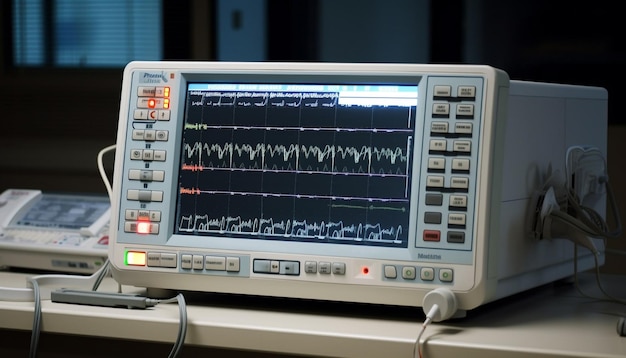
Electrode Placement: Conducting foamy pads with electrodes are attached to the skin as small adhesive patches. The standard is to combine signals from 10 electrodes to produce 12 leads of ECG, as the latter offers broad spectrum views of the heart’s electrical processes. These leads provide information on the electrical voltage between two points in the body.
Recording: An ECG machine captures the electrical activities of the heart and generates waves in the form of several waveforms. The key components of the ECG waveform include:
- P-wave: Represents the electrical activity of the atrial muscles, which are the upper chambers of the heart.
- QRS complex: Denotes electrical activity of the ventricles, which are the lower chambers of the heart.
- T-wave: Conveys the repolarization (recovery) of the ventricles.
- Duration: In general, the test lasts between 5-10 minutes to complete, while the actual recording of the electrical signal from the heart is only a few seconds long.
Completion: After capturing the data, the electrodes are archived, and the patient can continue with his normal activities.
What ECG Results Indicate
The graphical recording of an ECG is also known as the tracing and is read by a cardiologist or a trained medical professional. The interpretation includes assessing the following aspects:
Heart Rate: This is determined by using a temporization method that entails calculating the time between the two beats. The normal pulse range for adults is between 60 and 100 beats per minute. If the given rate is less than 60 BPM, it can be an indication of Bradycardia, and if the rate is more than 100 BPM, it may point towards Tachycardia.
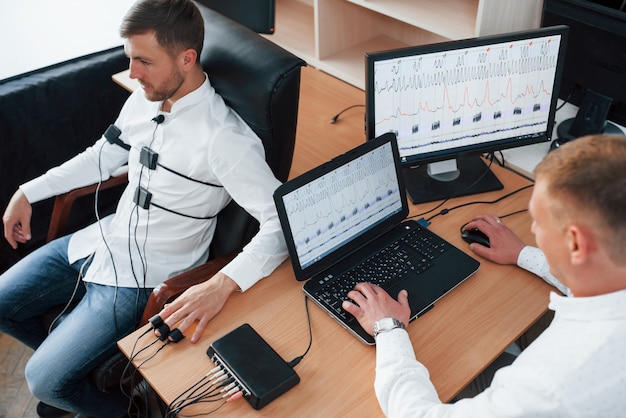
Heart Rhythm: The rate of the beats is analyzed to distinguish whether the rhythm is sinus rhythm or not. Many rhythm abnormalities, including atrial fibrillation or premature ventricular contractions, can be detected from irregularities in the tracing.
Electrical Conduction: It depicts the electrical activity of your heart and the manner in which it passes through the conduction systems of the heart. Abnormalities of this conduction, called heart blocks, can be diagnosed through the measurement of the PR interval and QRS duration.
An Echocardiogram is mostly an invasive procedure that employs ultrasound to capture visuals of the heart as it functions. An echocardiogram is mainly used to evaluate the size and location of dysfunction of the heart, which makes it a more effective tool in determining the structure of the heart than an ECG.
Common Indications for ECG
An ECG is often used in both emergency and regular check-ups. It is very helpful in finding heart problems. Common reasons for getting an ECG include:
- Chest pain, to check for a heart attack.
- Palpitations are when the heart feels like it is beating too fast or irregularly.
- Fainting, which may be due to heart issues.
- Shortness of breath to see if the heart is causing it.
Understanding Echocardiogram
Definition and Purpose
The echocardiogram can assess:
- Heart Chambers: Measuring size and function of atrial and ventricular chambers.
-
Heart Valves: Assessing whether or not the valves are opening and closing normally and looking for signs such as stenosis, which means narrowing, or regurgitation, which is leakage.

- Heart Muscle (Myocardium): Measuring the thickness of heart walls and their movements, which can be symptoms of hypertrophic cardiomyopathy or ischemia.
- Blood Flow: Doppler is applied on the top of the heart, and the Doppler ultrasound is used to determine the speed and direction of blood circulation when there are either valve disorders or septal flaws (holes).
There are several types of echocardiograms:
-
Transthoracic Echocardiogram (TTE): The external use of the transducer on the chest is the most common type of ultrasound.
-
Transoesophageal Echocardiogram (TEE): This involves running the transducer down into the surgical area to get better pictures of the heart, particularly the dorsal aspect of the heart chamber.
-
Doppler Echocardiogram: Evaluates the rate and direction of blood flow through the heart chamber.
-
Stress Echocardiogram: This is carried out during or right after a session of increased physical activity to determine the ability of the heart to adapt to its workload.
How the Echocardiogram Test is Conducted
Preparation: The patient lies on the examination table. In a transthoracic echo, a special gel is used on the chest so as to enhance the penetration of the ultrasound waves to the skin layers to produce images. When a patient is undergoing a transoesophageal echo, the patient may be sedated, and a flexible probe is inserted down the esophagus.
Transducer Placement: In a TTE, the technician places the ultrasound transducer at different positions and angles to capture the images of the heart. A TEE is done when the transducer is slid into the esophagus, where it gives a clearer picture of the heart without interference from the lungs or ribs.

Imaging: The transducer uses ultrasound waves to produce sound waves and then captures the echoes produced when these waves reflect off heart structures. These echoes are processed by a computer into moving images of the heart, which are shown on a monitor.
Duration: It usually lasts for 30-60 minutes, depending on the type of echocardiogram done and the clarity of the images required.
Doppler Imaging: If Doppler ultrasound is performed, it offers blood flow imaging of the heart and its valves utilizing maps that represent flow direction and velocity. This is especially the case when diagnosing valve disorders or assessing for septal defects that refer to holes within the heart.
Completion: Once this is done, the gel is wiped off, and the patient can go home unless they are sedated; hence, you may need some time to recover.
What Echocardiogram Results Indicate
Chamber Size and Wall Thickness: Dilated chambers may suggest heart failure or dilated cardiomyopathy, while stiff walls are likely to show symptoms of hypertrophic cardiomyopathy or chronic hypertension.
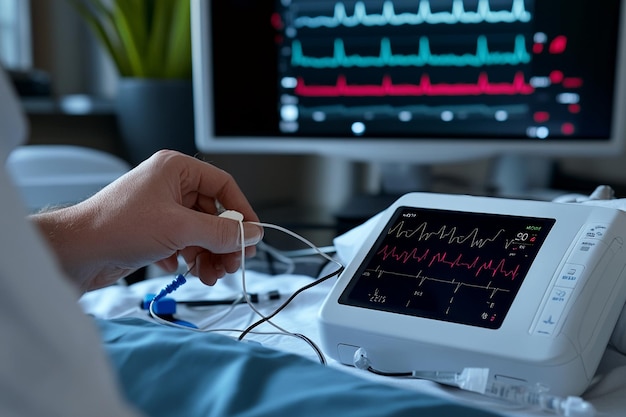
Valve Function: The echocardiogram can also reveal valve stenosis (narrowing) or regurgitation (leakage) states, which in turn, can result in important dysfunction of the heart if not diagnosed and corrected. The test also helps to determine the severity of valve disorders.
Heart Muscle Function (Ejection Fraction): The ejection fraction (EF) is the calculation of the amount of blood that is ejected from the ventricles of the heart during contraction. An average of an EF is between 55–70%.
Common Indications for Echocardiogram
An echocardiogram checks the heart's structure. It is used for:
- Heart failure, to see how well the heart pumps.
- Valve problems, to check if they leak or are too tight.
- Birth defects, to find heart issues from birth.
- Chest pain or trouble breathing, to check for heart problems.
- Infections on heart valves.
- High lung pressure is used to see how it affects the heart.
Key Differences Between ECG and Echocardiogram
Now, let us look into the comparison of ecg vs echocardiogram:
Type of Information Provided
The dissimilarity between an ECG and an echocardiogram is based on the fact of the data that each of the tests reveals. An ECG is concerned with the electrical activity of the heart and can identify rhythm and rate abnormalities such as arrhythmias, heart blockage, and heart attack.
However, an echocardiogram examines how the heart works and provides images of the chambers, valves, walls, and blood flow. This makes it suited for structural diseases such as valve disorders, heart muscle abnormalities, and birth abnormalities.

Duration and Experience
The duration and nature of the patient experience vary for each test. They are called ECGs because they are short, taking only 2 to 5 minutes at most. It is not painful; some paste-like electrodes are attached to your chest, wrists, and ankles like cold or sticking tapes. Later on, patients can get back to some of their daily tasks as they wish without physical limitations.

An echocardiogram is more time-consuming, generally 30-60 minutes, with the help of a transducer emitting sound waves. On other occasions, a transesophageal echocardiogram might be necessary, which uses a probe inserted into the throat and may cause the need for anesthesia, hence, the need for recovery time.
Diagnostic Applications
Both tests are useful in clinical practice, although they are used for different reasons. An ECG rules out an electrical problem such as arrhythmia and is very essential in an emergency, especially chest pain. An echocardiogram reveals structural abnormalities in the performance of valves and overall heart function, which is more suitable for chronic heart failure.
Conclusion
In summary, both the ECG and echo are important for finding and treating heart problems. ECGs look at electrical issues in the heart, while echocardiograms check the heart's structure and how well it works. Knowing when to use each test helps keep your heart healthy.
FAQs
Which is better, echo or ECG?
It depends on what your doctor needs to check.
Is an echo test necessary if the ECG is normal?
Not always; it might be needed for heart structure concerns.
What does an echocardiogram show that an ECG does not?
An echo shows heart shape and blood flow; an ECG shows electrical signals.
* *Medical Disclaimer - The following information is for educational purposes only. No information provided on this website, including text, graphic, and images, are intended as substitutes for professional medical advice. Please consult with your doctor about specific medical advice pertaining to your condition(s).

